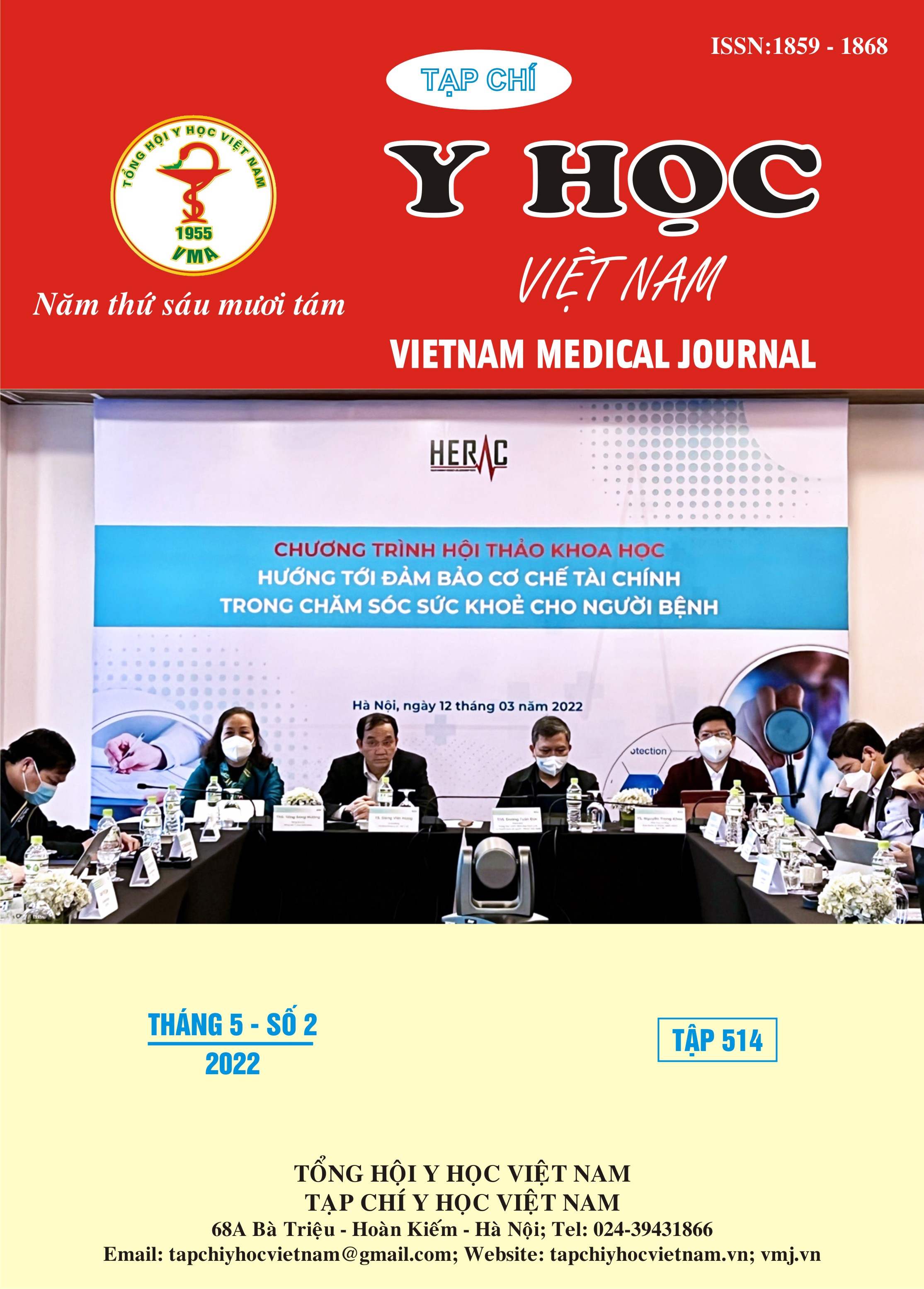THE EXPECTATION OF CHILDBIRTH DELIVERY METHOD AND THE ACTUAL METHOD USED FOR PREGNANT WOMEN IN CA MAU OBSTETRICS & PEDIATRICS HOSPITAL
Main Article Content
Abstract
The method of delivery is of vital importance to the health of both mother and child. We carried out this study to investigate the desire to choose a birth method and compare it with the actual indications for delivery of pregnant women who come for antenatal care at Ca Mau Obstetrics & Pediatrics Hospital, and at the same time find out the Factors related to pregnant women who want to give birth by cesarean section. Subjects and research methods: A cross-sectional descriptive study on 262 pregnant women who attended the antenatal care department at the Medical examination department, Ca Mau Obstetrics & Pediatrics Hospital, Vietnam from January 1, 2021, to January 31, 2021. Interview at the time of antenatal care and after birth through a structured questionnaire. Results: The percentage of pregnant women who preferences to give birth by cesarean section was 85 (33.21%). Meanwhile, the actual rate of cesarean section is (47.33%). There is a statistically significant difference between the desire to choose the birth method and the actual indication with p<0.01, OR = 0,34, 95%CI (0,19– 0,58). The women's desire for a cesarean section was significantly influenced by the method of delivery first (p<0.001), having seen the delivery (p<0.001), the number of pregnancies and having a family member that had a previous cesarean section (P<0.001). Conclusion: This study showed a high rate of desire for cesarean section among pregnant women in Ca Mau. Personal and family experiences influence this desire. Whole family approaches and increased positive experiences in the facility should be taken to reduce the desire for elective cesarean delivery.
Article Details
Keywords
desire, cesarean section, delivery method, pregnant women
References
2. World Health Organization. WHO statement on caesarean section rates. https://apps.who.int/ iris/handle/10665/161442 (2015).
3. Mazzoni, A. et al. Women’s preference for caesarean section: a systematic review and meta-analysis of observational studies: Women’s preference for caesarean section: systematic review. BJOG Int. J. Obstet. Gynaecol.118, 391–399 (2011).
4. Kosan, Z., Kavuncuoglu, D., Calıkoglu, E. O. & Aras, A. Delivery preferences of pregnant women: Do not underestimate the effect of friends and relatives. J. Gynecol. Obstet. Hum. Reprod.48, 395–400 (2019).
5. Darwish, D. S. G., Fiala, L. El. & Refaat, A. H. Factors influencing the decision-making process regarding mode of delivery among women attending primary health care units in Ismailia district. Int. J. Adv. Community Med.2, 34–42 (2019).
6. Zhang, H., Wu, J., Norris, J., Guo, L. & Hu, Y. Predictors of preference for caesarean delivery among pregnant women in Beijing. J. Int. Med. Res.45, 798–807 (2017).
7. Toan, T. K. et al. Technology Preference in Choices of Delivery Care Utilization from User Perspective -A Community Study in Vietnam. Am. J. Public Health Res.1, 10–17 (2013).
8. Ryding, E. L. et al. Pregnant women’s preference for cesarean section and subsequent mode of birth – a six-country cohort study. J. Psychosom. Obstet. Gynecol.37, 75–83 (2016).


